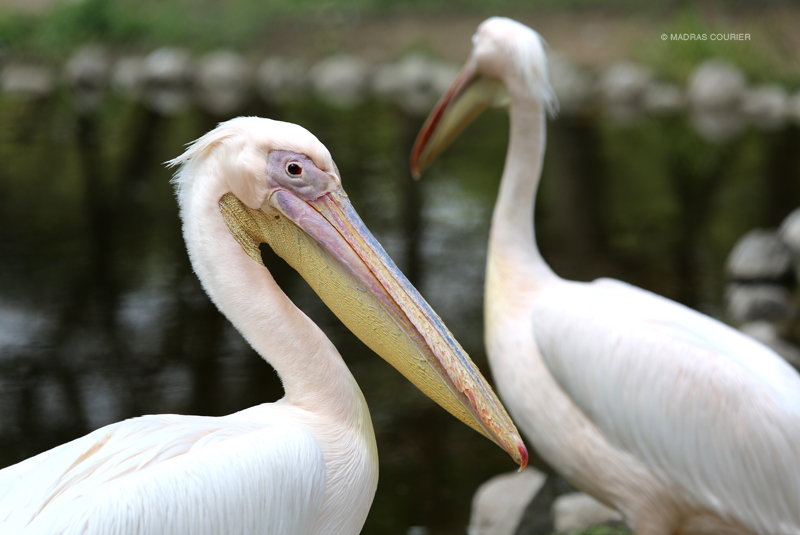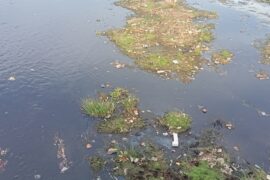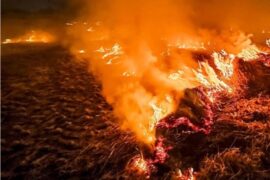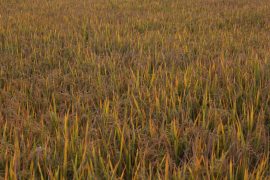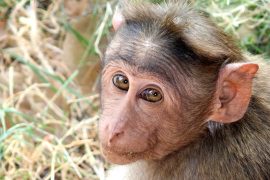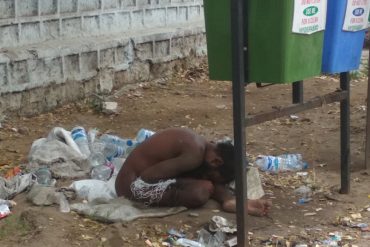At Kolleru lake in Andhra Pradesh, children fish in long boats made of thermocol boxes tied together in a row. Of the indigenous fishing methods practised by locals at the lake, this one involves the most synthetic material – and even so, the children only set traps for the fish near the shore.
Sustainability is a part of such fishing methods, where fishermen release small catches back into the river. Kolleru is the country’s largest freshwater lake, at over 90,000 hectares. It hosts up to 189 species of birds, which arrive in the thousands each year – some coming from as far as Siberia.
For generations, fishing in the lake was sustainable. But in 1994, while India’s Information Technology sector raced towards a new millennium, a prawn-revolution changed the way the lake was to be used.
Unrestricted aquaculture turned the ecosystem into a prawn-only parade, forcing the water to turn saline. The prawns required manure to grow, and this seeped into the water – turning it into a nutrient soup that supported algae but smothered other life forms. Locals started buying their water in sachets, as non-locals made a killing. Soon enough, even the prawns raised here became toxic.
Copyright©Madras Courier, All Rights Reserved. You may share using our article tools. Please don't cut articles from madrascourier.com and redistribute by email, post to the web, mobile phone or social media.Please send in your feed back and comments to [email protected]

